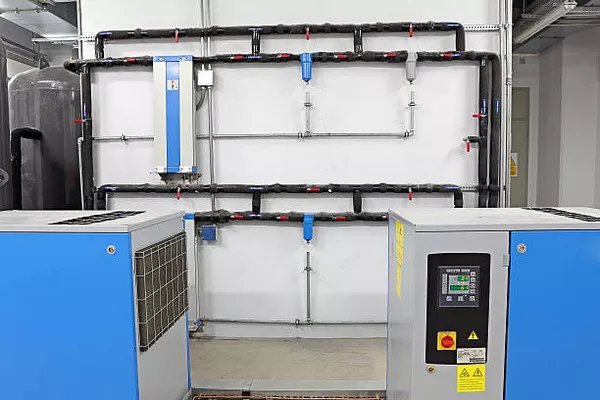Airbrushing has evolved from a niche art form to a versatile technique used in various industries, including automotive, illustration, and cosmetics. A crucial component of a successful airbrush setup is the compressor, responsible for delivering a consistent and reliable airflow. With a plethora of options available in the market, selecting the best airbrush compressor can be a daunting task. This article aims to guide you through the key factors to consider when choosing an airbrush compressor, helping you make an informed decision that suits your specific needs.
Compressor Types:
Before delving into specific features, understanding the two primary types of airbrush compressors is essential: diaphragm and piston compressors.
Diaphragm Compressors: Known for their quiet operation, diaphragm compressors are suitable for low-pressure applications. They use a flexible diaphragm to push air, making them ideal for fine-detail work such as illustration and makeup application. However, they may struggle with higher pressure demands.
Piston Compressors: More powerful and versatile, piston compressors use a piston mechanism to generate higher pressure and airflow. They are suitable for a wide range of applications, including automotive painting and larger surface coverage. While they can be noisier than diaphragm compressors, their efficiency in handling varying airbrushing tasks is unmatched.
Air Pressure and Flow Rate:
One of the critical considerations when choosing an airbrush compressor is its ability to provide consistent air pressure and flow rate. Different airbrushing applications require specific pressure levels, and a compressor that can maintain stable output is crucial for achieving optimal results.
For fine-detail work, a compressor with a lower pressure range (around 10-20 PSI) is sufficient. However, if you plan to engage in tasks such as automotive painting or covering larger areas, a compressor with a higher pressure range (30 PSI and above) becomes necessary.
Tank or Tankless Design:
Compressors can either feature a tank or operate in a tankless fashion. A compressor with a tank stores compressed air, ensuring a consistent airflow and reducing the workload on the motor. This results in quieter operation and less wear on the compressor. Tankless compressors, on the other hand, deliver air directly without storage.
For applications that demand a continuous and even flow, such as background painting, a compressor with a tank is advisable. However, if you prioritize portability and space-saving, a tankless design may be more suitable.
Noise Level:
The noise produced by an airbrush compressor is a crucial factor, especially for those working in shared spaces or environments where noise is a concern. Diaphragm compressors are generally quieter than piston compressors, making them preferable for situations where noise is a significant consideration.
When comparing compressors, check the manufacturer’s specifications for the decibel (dB) level. Opt for a compressor that meets your noise tolerance requirements without compromising performance.
Portability and Size:
The portability of an airbrush compressor is vital, especially for artists or hobbyists who need to move their equipment frequently. Consider the size, weight, and handle design of the compressor, as well as the availability of built-in storage for accessories like hoses and power cords. A compact and lightweight compressor with a convenient carrying handle enhances ease of use and transport.
Moisture Traps and Filters:
Moisture can negatively impact airbrushing results by causing paint to splatter or affecting the consistency of the airflow. Quality airbrush compressors come equipped with moisture traps and filters to remove excess moisture and contaminants from the air before it reaches the airbrush.
When selecting a compressor, ensure it includes effective moisture management features to maintain optimal air quality and prevent potential issues during the airbrushing process.
See Also How Much Does A Compressor Weigh? A Comprehensive Guide
Conclusion:
Choosing the best airbrush compressor involves a thoughtful consideration of your specific needs, preferences, and intended applications. Whether you prioritize quiet operation for detailed illustrations, require high pressure for automotive projects, or value portability for on-the-go airbrushing, the right compressor is essential for achieving professional results.
By understanding the different compressor types, considering pressure and flow requirements, evaluating tank and tankless designs, assessing noise levels, and prioritizing portability and size, you can make an informed decision that aligns with your airbrushing goals. A well-chosen airbrush compressor not only enhances your overall airbrushing experience but also contributes to the precision and quality of your artistic or professional endeavors.

